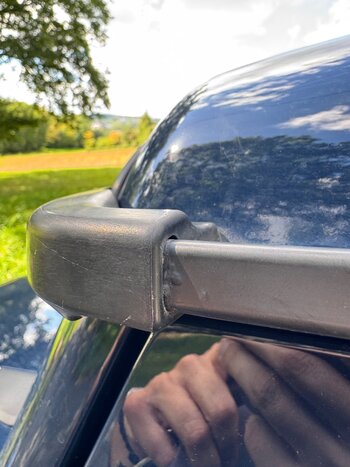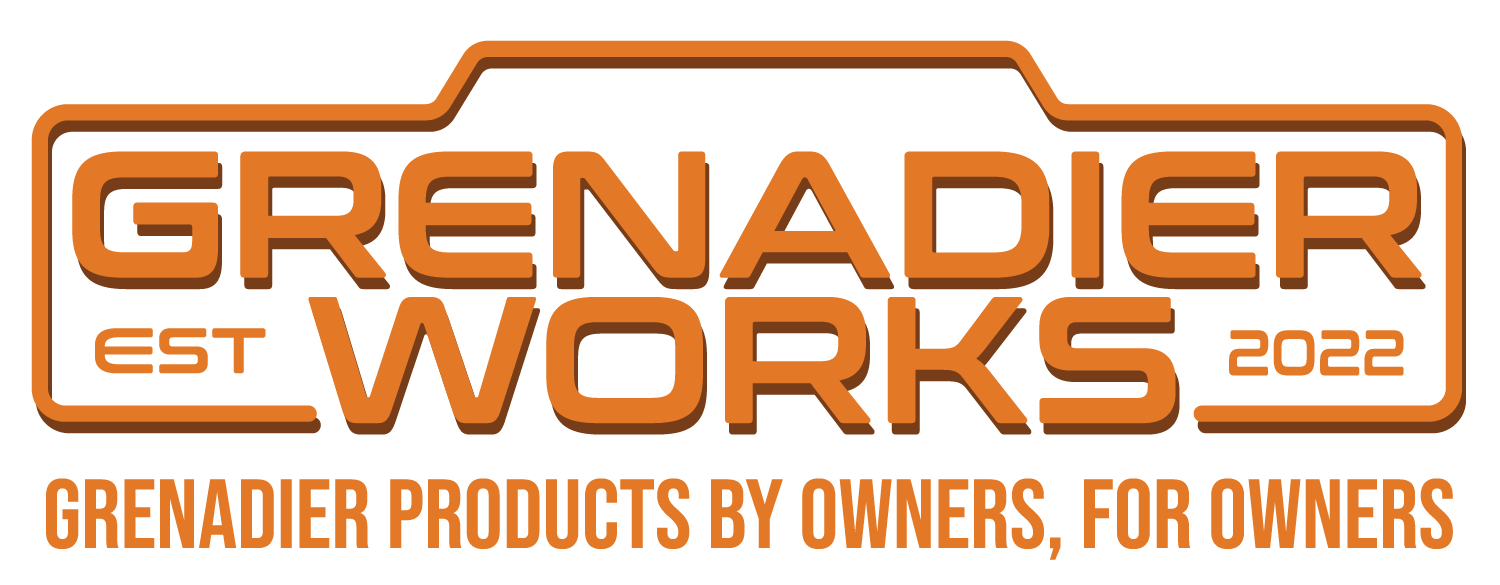I have used ACF-50 for a number of years to treat and prevent corrosion on cars, motorbikes and bicycles - everything from frames to ball bearings to moving parts. It was developed for the aerospace industry but soon made its way across into the automotive industry. I have found it to be equally effective on steel and aluminium.
 www.acf-50.eu
www.acf-50.eu
 www.acf-50.eu
www.acf-50.eu
It goes on similar to WD40 and a little bit goes a long way. I usually apply it with bare fingers/hands to avoid any excess being soaked up and 'lost' in a cloth.
It's easy to find in the UK, I'm not sure about USA/elsewhere, but have a look.
Home - ACF 50
Home - ACF-50, Anti-Corrosion Formula, is a state of the art, anti-corrosion/lubricant compound, that has been specifically designed for the Aero Space Industry
Automotive - ACF 50
Automotive - ACF-50, Anti-Corrosion Formula, is a state of the art, anti-corrosion/lubricant compound, that has been specifically designed for the Aero Space Industry
It goes on similar to WD40 and a little bit goes a long way. I usually apply it with bare fingers/hands to avoid any excess being soaked up and 'lost' in a cloth.
It's easy to find in the UK, I'm not sure about USA/elsewhere, but have a look.




